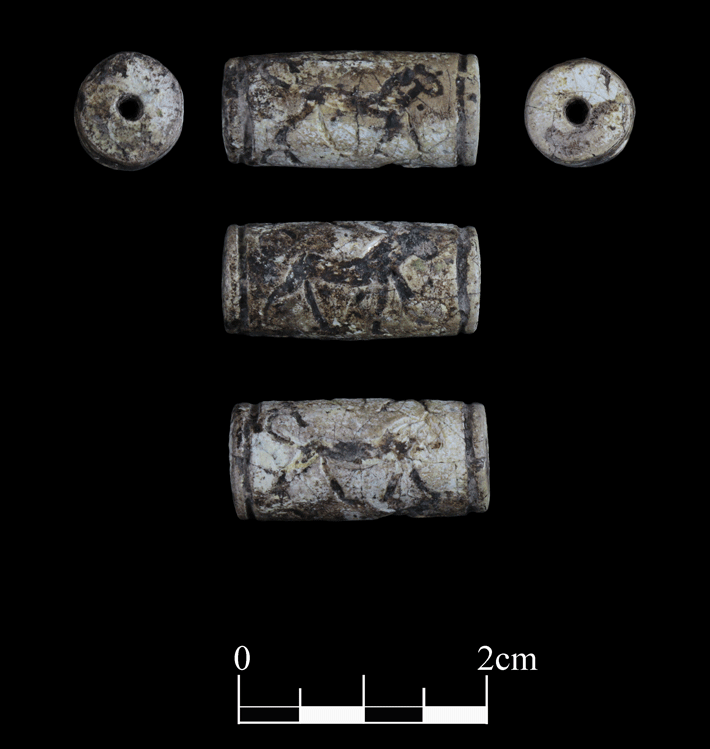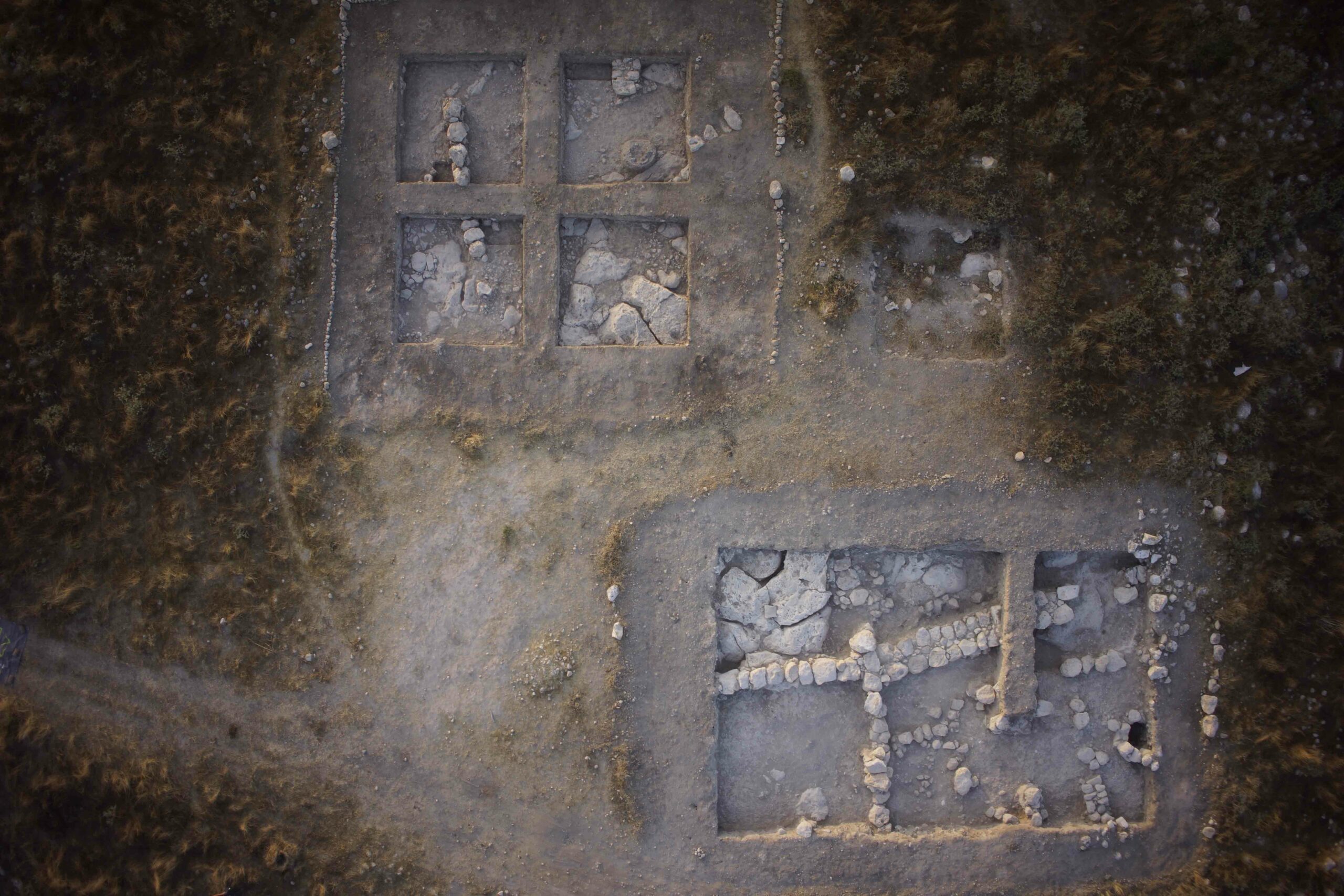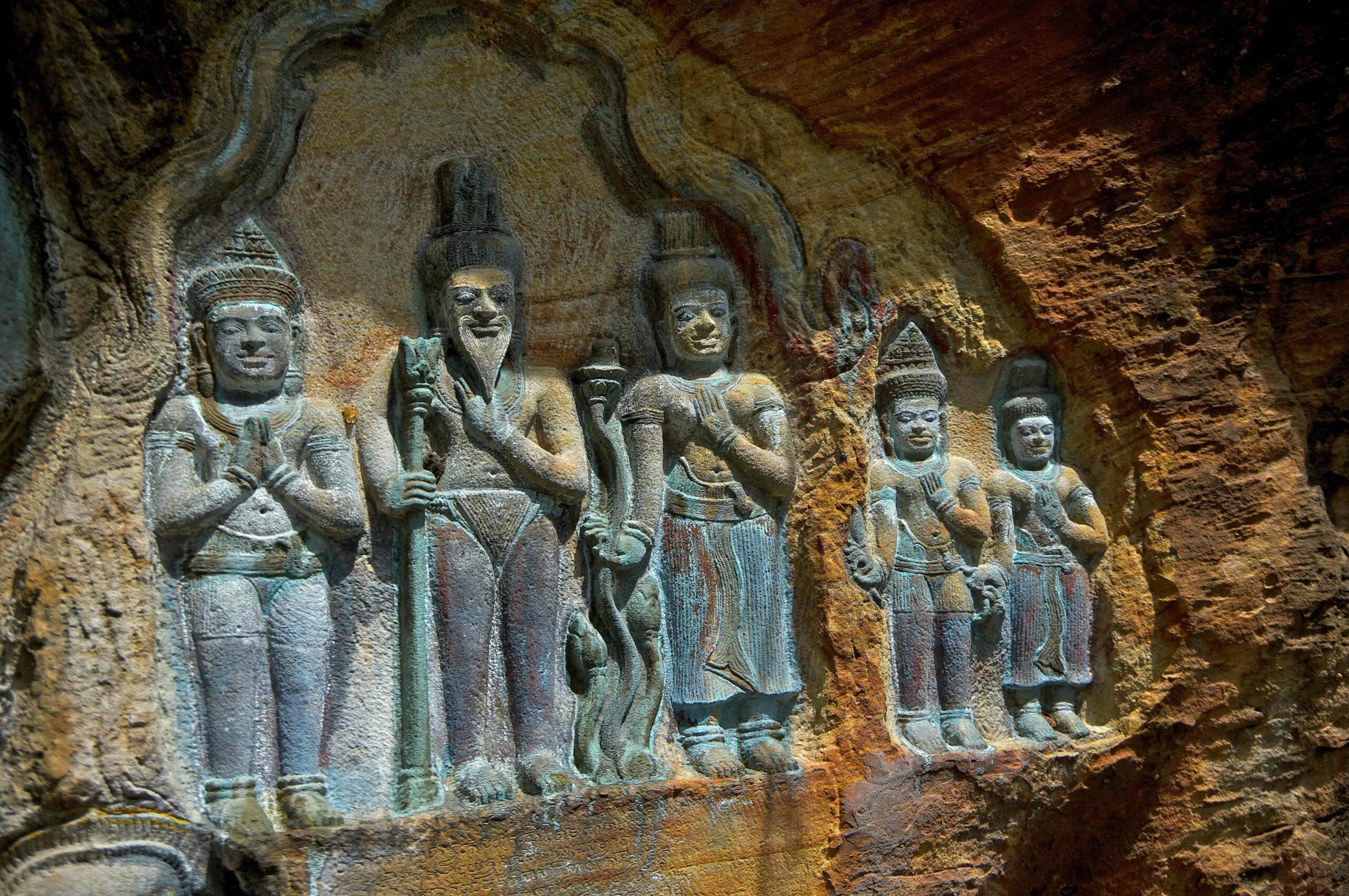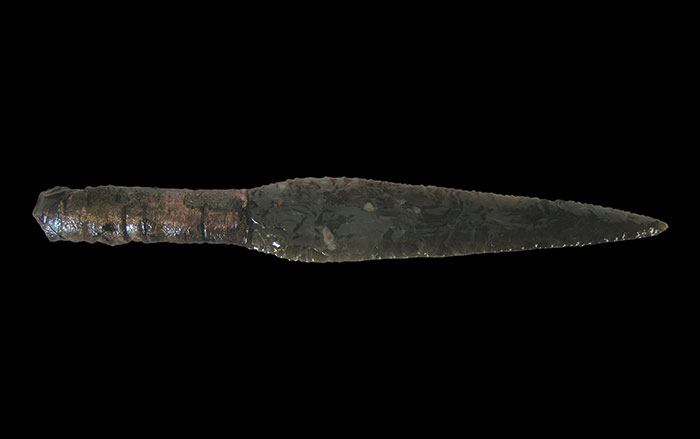
Despite its location at the heart of the Shephelah, one of Israel’s most intensively researched regions, the site of Tel Burna had never been excavated. Scholars assumed that there was little there to uncover. But a team led by Itzhaq Shai from Ariel University has discovered, only a few inches below the surface, an abundance of objects, including dozens of beads, a cylinder seal and scarab, goblets, zoomorphic figurines, chalices, and ceramic masks, all within the remains of a large public building.

Shai believes that the presence of so many ceremonial items indicates that the structure, which dates to the thirteenth century B.C. and measures more than 5,000 square feet, was an important public space where cultic activities, including feasting, burning incense or other aromatics, offering of votives, and religious processions employing the masks took place. The team also found two very large ceramic pithoi (storage vessels) that were imported from Cyprus, and were likely used to safeguard the religious complex’s tithes or, perhaps, store food for use in cultic activities. The complex at Tel Burna may also have had administrative functions for the larger settlement in the Late Bronze Age, when it covered about 15 acres on the border between the ancient territories of Judah and Philistia.










